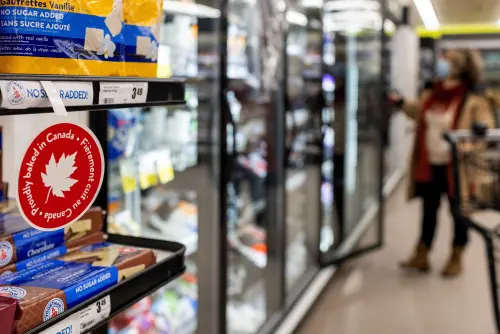Canada's retail sales surged by a strong 2.5% in December, surpassing analysts' predictions. The increase was attributed to a sales tax break which boosted spending on food, beverages, and vehicles. Economists noted that the boost in revenues was partly due to the tax relief initiated in mid-December and ending on February 15.
Retail sales typically rise in December due to the holiday season, and the government's tax break further fueled the increase. Despite excluding automotive sales, retail sales still saw a significant 2.5% rise, according to Statistics Canada.
Retail sales serve as an early indicator of GDP growth and contribute significantly to consumer spending, playing a pivotal role in Canada's economic growth. The Bank of Canada's key policy rate cuts, aimed at stimulating the economy, have totaled 200 basis points since June, bringing it to 3%.
The positive retail sales data have led economists to speculate about a potential pause in rate cuts at the next Bank of Canada meeting. Market sentiments are leaning towards no rate cut in March, although uncertainty looms regarding potential changes if a 25% tariff on Canadian imports is imposed by U.S. President Donald Trump.
Looking ahead, preliminary data indicates a slight decline of 0.4% in January retail sales, following a robust 2.5% uptick in December. The diverse retail sectors showed growth, with food and beverage retailers and motor vehicle dealers experiencing notable increases, leading to total retail sales of C$69.59 billion ($49.05 billion).
As the fourth quarter GDP figures are set for release on February 28, analysts expect a 1.7% annualized growth. Notably, retail sales in the fourth quarter of 2024 marked a second consecutive quarterly increase, with particular strength in food and beverage retail and motor vehicle and parts sales.
